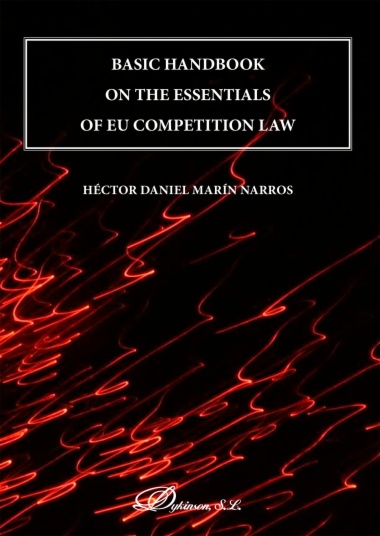

A compelling portrait of an emerging religious group
Voices from the Pagan Census provides unprecedented insight into the expanding but largely unstudied religious movement of Neo-Paganism in the United States. Helen A. Berger, Evan A. Leach, and Leigh S. Shaffer present the findings of "The Pagan Census," which was created and distributed by Berger and Andras Corban Arthen of the Earthspirit Community. Analyzing the most comprehensive and largest-scale survey of Neo-Pagans to date, the authors offer a portrait of this emerging religious community, including an examination of Neo-Pagan political activism, educational achievements, family life, worship methods, experiences with the paranormal, and beliefs about such issues as life after death.
A collection of religious groups whose practices evolved from Great Britain's Wicca movement of the 1940s, Neo-Paganism spread to the United States in the 1960s. While the number of people who identify themselves with the religion has continued to rise, quantitative study of Neo-Paganism has been difficult given the movement's lack of centralized leadership and doctrine and its development as scattered, independent groups and individuals. Endorsed by all major Neo-Pagan leaders, "The Pagan Census" generated a demographically diverse response. In contrast to most previous surveys, which were limited to Neo-Pagan festivals, this survey incorporates input from the large population of practitioners who do not participate in such events.
Keenly anticipated by the academic and Neo-Pagan communities, the results of the census provide the most in-depth information about the group yet assembled. Comparing Neo-Pagans with American society at large, Berger, Leach, and Shaffer show that although the two groups share certain statistical characteristics, there are differences as well. The scholars also identify variations within the Neo-Pagan population, including those related to geography and to the movement's multiple spiritual paths.